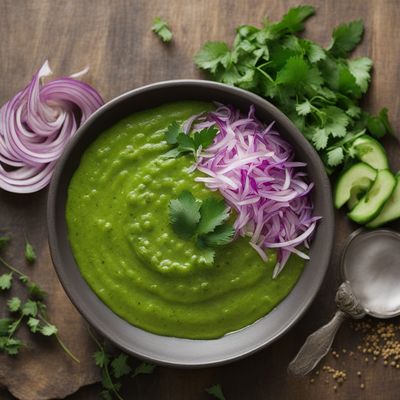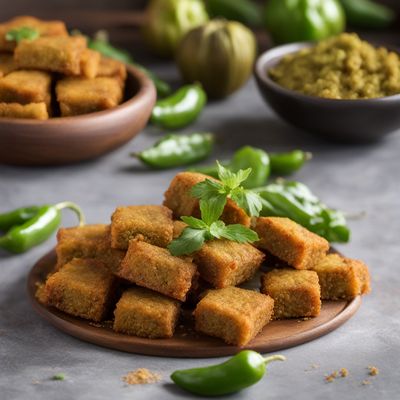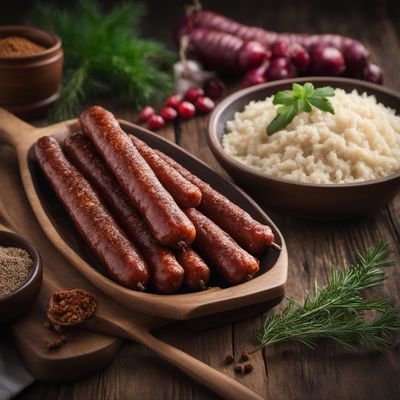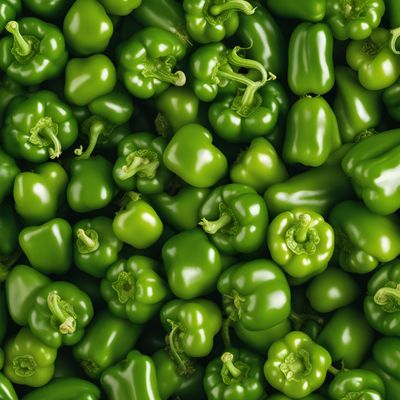
Ingredient
Black pepper
The King of Spices
Black pepper, derived from the dried berries of the Piper nigrum plant, is known for its distinctive aroma, sharp taste, and fine texture. It is characterized by its small, dark brown to black peppercorns that can be ground into a fine powder or used whole. Its flavor profile is complex, combining heat, earthiness, and subtle floral notes. The texture of black pepper can vary depending on how it is used, ranging from coarse and gritty when used whole to smooth and powdery when ground.
Origins and history
Black pepper has a rich history that dates back thousands of years. It was highly valued in ancient civilizations such as Egypt, where it was used as currency and offered as a tribute to the gods. It played a significant role in the spice trade and was one of the main reasons for European exploration and colonization. Today, black pepper is cultivated in various regions of the world, including India, Indonesia, Vietnam, and Brazil.
Nutritional information
Black pepper is low in calories and fat, but it is a good source of manganese, vitamin K, and dietary fiber. It also contains compounds like piperine, which may have antioxidant and anti-inflammatory properties.
Allergens
Black pepper is generally safe for consumption, but it may cause allergic reactions in some individuals. People with known allergies to black pepper should avoid its consumption.
How to select
When selecting black pepper, opt for whole peppercorns instead of pre-ground pepper to ensure maximum freshness and flavor. Look for peppercorns that are uniformly dark in color and free from any signs of moisture or mold. Additionally, consider purchasing whole peppercorns from reputable brands or specialty stores to ensure quality.
Storage recommendations
To maintain the freshness and flavor of black pepper, store it in an airtight container in a cool, dark, and dry place. Avoid exposing it to heat, moisture, or direct sunlight, as these can degrade its quality. Properly stored black pepper can retain its flavor for up to two years.
How to produce
Black pepper can be grown at home by planting seeds or cuttings in well-draining soil and providing adequate sunlight and water. However, it requires a warm and tropical climate to thrive, making it more suitable for cultivation in regions like India, Indonesia, and Brazil.
Preparation tips
Black pepper can be used in a variety of dishes and cuisines. It is commonly used as a seasoning for savory dishes, including meats, vegetables, soups, and sauces. It is also a popular ingredient in spice blends, such as curry powder and five-spice powder. Additionally, black pepper can be used to enhance the flavor of marinades, dressings, and even desserts like chocolate.
Substitutions
White pepper, pink peppercorns, and Sichuan peppercorns can be used as substitutes for black pepper. However, each of these alternatives has a slightly different flavor profile, so adjustments may be needed in recipes.
Culinary uses
Black pepper is widely used in culinary applications around the world. It is a key ingredient in dishes like steak au poivre, pepperoni pizza, and black pepper crab. It is also commonly used in Indian, Thai, and Chinese cuisines, where it adds heat and depth of flavor to curries, stir-fries, and noodle dishes.
Availability
Black pepper is available in most grocery stores, supermarkets, and spice shops worldwide. It is cultivated in countries like India, Indonesia, Vietnam, Brazil, and Malaysia.
More ingredients from this category
Recipes using Black pepper » Browse all

California-style Braised Beef
Sunset Beef Delight

Spicy Cheese Stew with a Cuban Twist
Picante Queso Guiso: A Cuban-Inspired Spicy Cheese Stew

Mexican Beef Bourguignon
Bourguignon con Sabor Mexicano (Bourguignon with Mexican Flavor)

Ugandan-style Spicy Cucumber Chutney
Zesty Cucumber Delight: A Taste of Uganda

Circassian-style Hamachi Nigiri Sushi
Golden Delight: Circassian-inspired Hamachi Nigiri Sushi

Zanzibari Spiced Beef Fry
Zesty Zanzibari Beef Delight

Crispy Green Chile Bites
New Mexican Twist: Crispy Green Chile Bites

Russian-style Stuffed Eggplant Rolls
Savory Eggplant Delight: Russian-inspired Stuffed Rolls

Molecular Gastronomy Beef Wellington
The Futuristic Twist on Beef Wellington: A Molecular Gastronomy Delight

Homemade Swedish Mini Sausages
Savory Delights: Homemade Swedish Mini Sausages

Croatian-inspired Spicy Macaroni
Fiery Twist: Croatian-inspired Spicy Macaroni

Pancit Bato with a Haute Cuisine Twist
Elevated Pancit Bato: A Fusion of Filipino Comfort and Haute Cuisine Elegance

